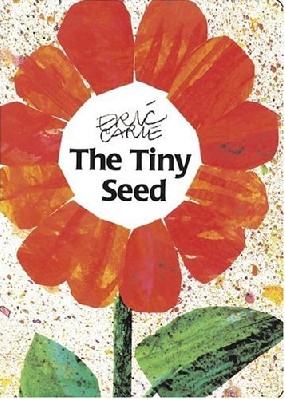Well, it actually happens less often since I stuck this nifty sticky whiteboard to my fridge. Now I write down all our produce and perishable leftovers so I remember what's going on in my kitchen (both in and out of the fridge).
I took this photo back in January (probably after a CSA box
or a trip to the Farmer's Market since there's so much on there).
I have always hated losing produce. It's such a waste, not only of the food itself, but of everything it took to grow that food.
I recently watched this TED talk by Leyla Acaroglu called Paper beats plastic? How to rethink environmental folklore. I think all 18 minutes are worthwhile. I've watched it twice.
Toward the beginning of the talk, Acaroglu points out that biodegradability is "a material property, not a definition of environmental benefit." That got me slowly nodding my head. She went on:
When something natural [like food waste or paper] ends up in the natural environment, it degrades normally. Its little carbon molecules that it's stored up as it was growing are naturally released back into the atmosphere as carbon dioxide. But this is a net situation. Most natural things don't actually end up in nature. Most of the waste that we produce ends up in landfill. Landfill is a different environment. In landfill, those same carbon molecules degrade in a different way because a landfill is anaerobic. It's got no oxygen. It's tightly compacted and hot. Those same molecules, they become methane, and methane is a 25x more potent greenhouse gas than carbon dioxide. So our old lettuces and products that we have thrown out that are made out of biodegradable materials, if they end up in landfill, contribute to climate change.Whoa, what? When I throw the soggy lettuce in the trash, it's destiny is methane? When I toss a piece of paper in the trash, it's destiny is probably methane?? Why did this never occur to me?
Realizing this actually made me glad about two things.
First, that we compost, which means that this:
turns into this:
We use it to enrich the soil and feed the earthworms. :)
However, when the compost tumbler is a-tumbling, I don't add anything to it for several weeks (which is why having two would be awesome). So, second, when I can't add my biodegradables to the composter, I typically toss them behind these lovely bushes in the front yard.
Here's a close-up:
When I started doing this over a year ago, I figured that even though I couldn't use the compost how I'd like, I was still feeding the earth. Something beautiful will grow there some day.
I'm happy to have another way to care for the earth in my arsenal, and a good reason for doing so!
If composting isn't an option for you at the moment, is there somewhere else you can toss those kitchen scraps so they don't wind up in a landfill? If you don't have a yard, you could always add your scraps to broth or soups to get more life out of them. I bought an eBook bundle once that included one called Don't Compost It, Cook It. I haven't read it thoroughly, but the the author has some good ideas for getting as much mileage as possible out of your food.
How do you avoid losing produce? How do you make use of any peelings and trimmings?







































